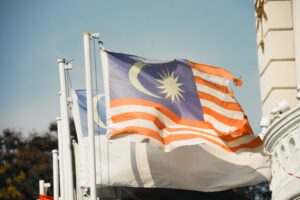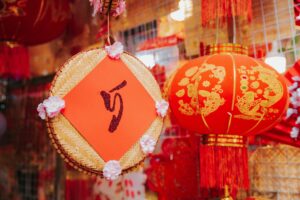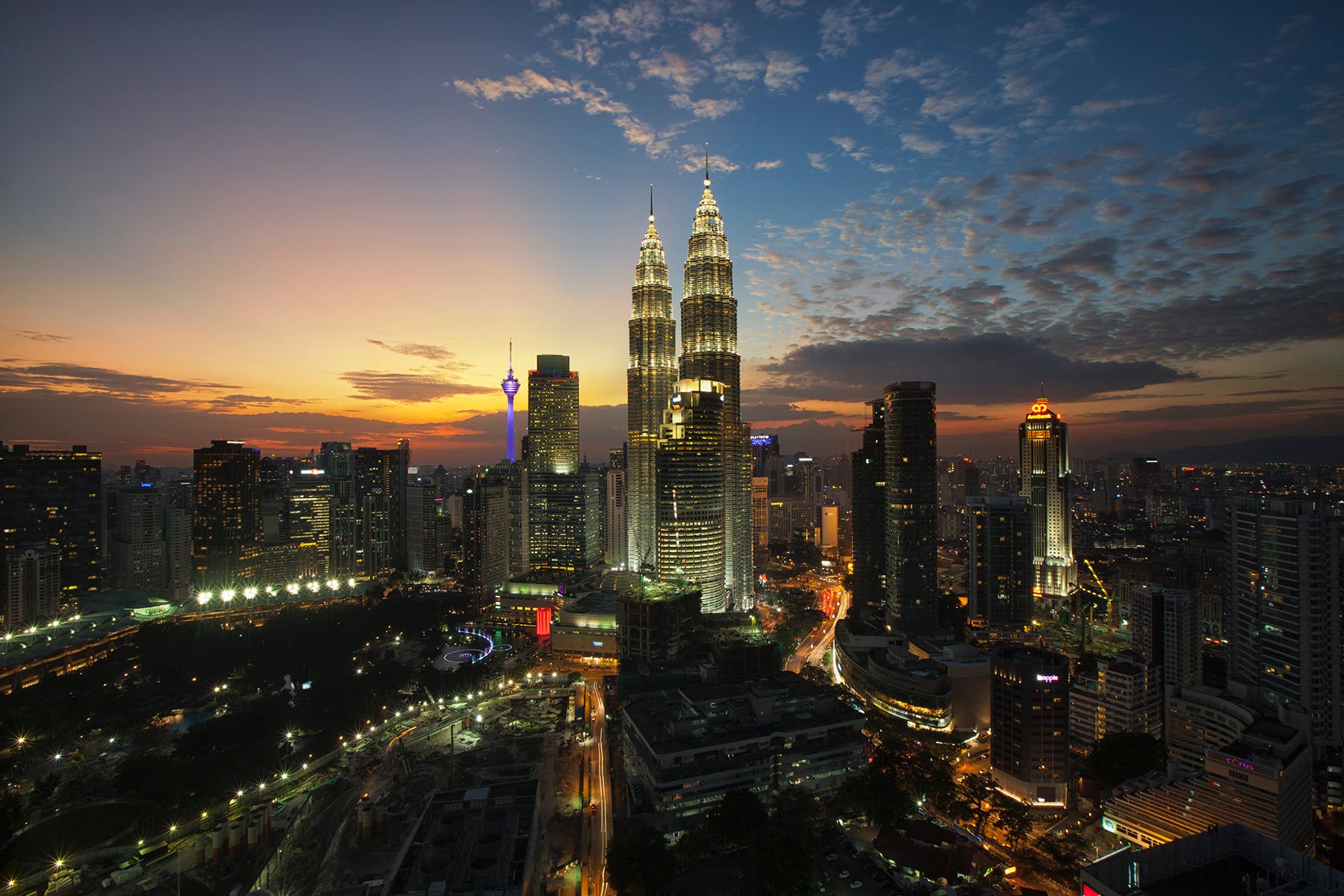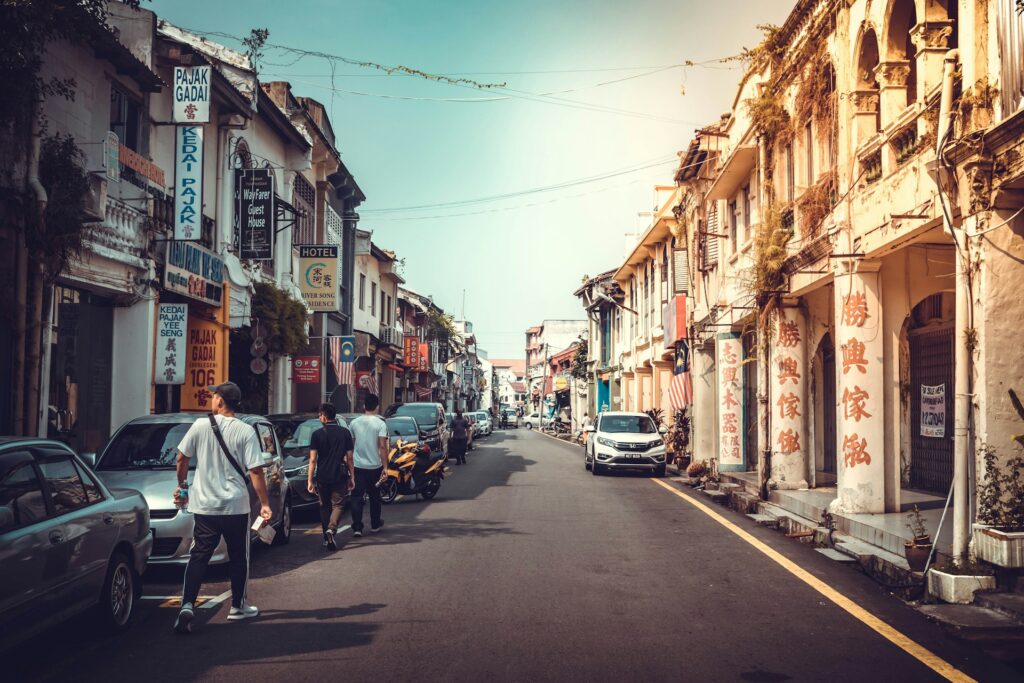Malaysia
Malaysia, located in Southeast Asia, is a nation renowned for its cultural diversity, stunning landscapes, and dynamic economy. It is divided into two main regions: Peninsular Malaysia, which shares borders with Thailand, and East Malaysia, situated on the northern part of the island of Borneo, bordering Indonesia and Brunei. With a population of over 32 million people, Malaysia is a melting pot of ethnicities, languages, and traditions, making it a fascinating destination for travelers and an influential player in the region.
Historical Background
Malaysia’s history is deeply intertwined with its strategic location along ancient trade routes, particularly the Strait of Malacca, one of the world’s most important maritime passages. The region has seen the rise and fall of various kingdoms, including the Srivijaya and Majapahit empires, which were instrumental in the spread of Hinduism and Buddhism throughout the Malay Archipelago.
In the 15th century, the Malacca Sultanate emerged as a powerful maritime and commercial empire, serving as a hub for trade between the East and the West. This period also saw the introduction of Islam to the region, which would become the dominant religion.
Colonialism played a significant role in shaping modern Malaysia. The Portuguese were the first Europeans to establish control over Malacca in 1511, followed by the Dutch and eventually the British, who established the Straits Settlements and later the Federated Malay States. The British period saw the development of Malaysia’s infrastructure, the introduction of rubber and tin as major economic resources, and the migration of Chinese and Indian laborers, which significantly shaped the country’s demographic makeup.
Malaysia gained independence from British rule on August 31, 1957, and later, on September 16, 1963, it expanded to include Sabah, Sarawak, and Singapore, though Singapore would become an independent nation in 1965.
Cultural Heritage and Diversity
Malaysia is celebrated for its multicultural society, with three main ethnic groups: Malays, Chinese, and Indians, along with various indigenous communities, particularly in East Malaysia. This cultural diversity is reflected in Malaysia’s festivals, languages, religious practices, and cuisines.
The Malays, who are predominantly Muslim, form the majority and have a significant influence on the country’s cultural and political landscape. Traditional Malay arts include batik, silat (a form of martial arts), and wayang kulit (shadow puppetry). The Malay language, Bahasa Malaysia, is the official language, but English is widely spoken, especially in business and education.
Chinese Malaysians are descendants of immigrants who came during the colonial period. They practice Buddhism, Taoism, and Christianity and have a rich cultural heritage that includes festivals like Chinese New Year and the Mid-Autumn Festival. Chinese cuisine, such as char kway teow and dim sum, is an integral part of Malaysia’s culinary scene.
Indian Malaysians, primarily Tamil, brought with them the traditions of Hinduism, Sikhism, and Indian culture. Deepavali (the Festival of Lights) and Thaipusam are important religious celebrations. Indian food, including roti canai, nasi kandar, and various curries, is popular across the country.
The indigenous peoples of Malaysia, known as the Orang Asli in Peninsular Malaysia and Dayaks in East Malaysia, have their own distinct cultures, languages, and traditions. These communities often live in rural areas and maintain a lifestyle closely connected to nature.
Geography and Natural Beauty
Malaysia is blessed with a wide range of landscapes, from bustling cities to pristine rainforests and beautiful beaches. Kuala Lumpur, the capital, is a modern metropolis known for its skyline dominated by the iconic Petronas Twin Towers. The city is a blend of old and new, with historic temples and mosques standing alongside modern skyscrapers and shopping malls.
Beyond the urban centers, Malaysia offers a wealth of natural attractions. Taman Negara, one of the oldest tropical rainforests in the world, is home to diverse wildlife, including tigers, elephants, and exotic birds. The Cameron Highlands is famous for its tea plantations and cool climate, while Langkawi and the Perhentian Islands are popular for their stunning beaches and crystal-clear waters.
East Malaysia, on the island of Borneo, is known for its biodiversity, with places like Mount Kinabalu and Gunung Mulu National Park attracting nature lovers and adventurers. The Sipadan Island is a world-renowned diving destination, famous for its rich marine life and coral reefs.
Economy and Modern Development
Malaysia has one of the most robust economies in Southeast Asia, driven by its diversified industrial base, natural resources, and a growing service sector. The country is a major exporter of electronics, palm oil, and natural gas. The government’s Vision 2020 plan aimed to make Malaysia a fully developed nation, with a focus on high-tech industries, education, and infrastructure development.
The tourism industry is also a significant contributor to Malaysia’s economy, attracting millions of visitors each year. The country’s rich cultural heritage, natural beauty, and modern attractions make it a popular destination for tourists from around the world.
Malaysia is also known for its role in international diplomacy and as a founding member of the Association of Southeast Asian Nations (ASEAN). Its strategic location and political stability have made it a key player in regional and global affairs.
In summary, Malaysia is a country of contrasts and harmony, where diverse cultures, landscapes, and histories come together to create a unique and vibrant nation. Its blend of tradition and modernity, along with its economic vitality, positions Malaysia as a significant and dynamic presence in Southeast Asia.
Posts
FAQ

Malaysia stands out as a unique travel destination due to its diverse cultural influences, natural landscapes, and awesome blends of tradition and modernity. Visitors can experience a rich tapestry of Malay, Chinese, Indian, and indigenous cultures, creating a one-of-a-kind travel experience.

Malaysia boasts a plethora of must-visit attractions. It includes the iconic Petronas Towers in Kuala Lumpur, the UNESCO-listed George Town in Penang, the cultural enclave of Malacca, and the pristine beaches of Langkawi. Nature enthusiasts can explore the biodiversity of Borneo’s rainforests and witness the captivating Orangutans.
The best time to visit Malaysia depends on the region. The west coast, including Kuala Lumpur and Penang, experiences the dry season from November to March. East coast itself, includes islands like Perhentian and Tioman. Also is best visited from April to October. Borneo’s climate is relatively consistent year-round.
Malaysian cuisine is a delectable fusion of flavors, blending Malay, Chinese, Indian, and indigenous influences. Satay, Nasi Lemak, Char Kway Teow, and Roti Canai are just a few of the mouthwatering dishes that showcase Malaysia’s diverse culinary heritage.

Visitors to Malaysia should aim to experience cultural festivals such as Hari Raya Aidilfitri, Chinese New Year, and Deepavali. These celebrations showcase the country’s cultural diversity with vibrant parades, traditional performances, and festive gatherings.



